The gaming world is in constant flux, but few innovations have stirred as much debate and excitement as Play-to-Earn (P2E) gaming, fueled by the power of Non-Fungible Tokens (NFTs). This isn't just about playing games for fun anymore; it's about owning a piece of the digital universe, participating in vibrant economies, and potentially earning real-world value from your virtual efforts. For decades, players poured time and money into digital worlds, acquiring rare items and developing unique characters, only for those assets to remain locked within the game's ecosystem, controlled entirely by the developers. NFTs are fundamentally changing this dynamic, ushering in an era of true digital ownership and economic empowerment for gamers.
Understanding Play-to-Earn Gaming
At its core, Play-to-Earn gaming is a model that allows players to earn rewards with real-world value by engaging with a game. Unlike traditional games where in-game purchases are one-way transactions and earned items reside solely on a developer's server, P2E games leverage blockchain technology to give players verifiable ownership of their digital assets. These assets can range from unique characters and rare skins to virtual land and powerful weapons. The "earning" aspect can come from various activities: winning battles, completing quests, trading items, participating in governance, or even creating content within the game world. It transforms players from mere consumers into stakeholders, incentivizing their time and skill with tangible, transferable value.
The NFT Backbone: True Digital Ownership
NFTs are the linchpin of the Play-to-Earn revolution. A Non-Fungible Token is a unique digital identifier recorded on a blockchain, used to certify ownership and authenticity of a digital asset. Unlike cryptocurrencies, which are fungible (each unit is identical and interchangeable), NFTs are one-of-a-kind. This distinctiveness is crucial for gaming. When a player acquires an NFT in a P2E game, they're not just getting a digital item; they're getting a unique, verifiable, and immutable record of ownership on a decentralized ledger. This means:
- Verifiable Ownership: Anyone can check who owns a specific NFT.
- Scarcity and Rarity: NFTs enable the creation of genuinely rare in-game items, as their supply can be provably limited.
- Interoperability (Potential): While still evolving, the ultimate vision is for NFTs to be usable across different games or platforms, though this is a significant technical and design challenge.
- Transferability: Players can freely trade, sell, or even lend their NFTs on open marketplaces, outside the direct control of the game developers.
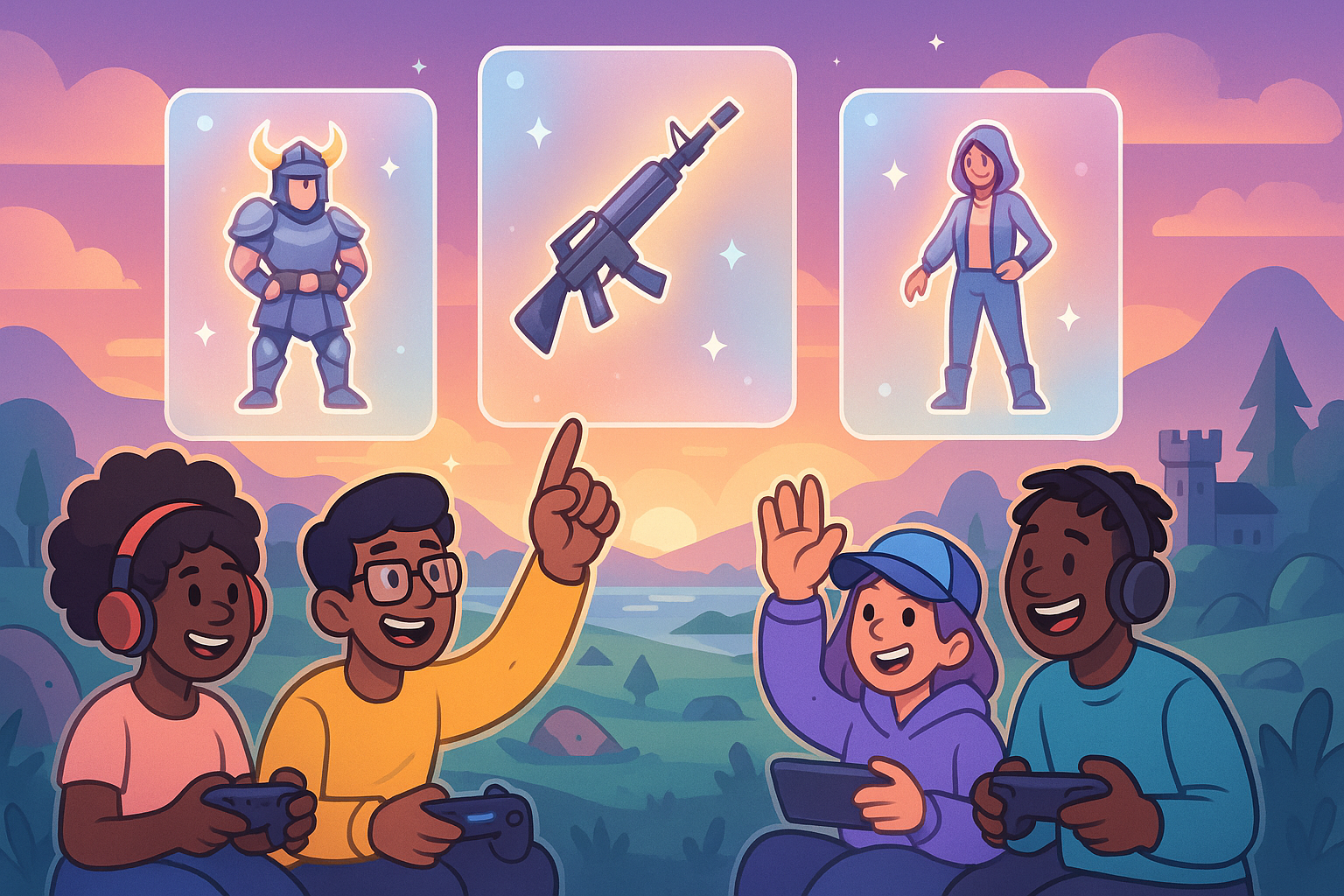
NFTs in Action: Transforming In-Game Assets
The most direct application of NFTs in P2E gaming is the representation of in-game assets.
- Characters and Skins: Your unique avatar, rare character skins, or special abilities can be NFTs. This means if you spend hours leveling up a character or acquiring a legendary skin, you truly own it. You can sell it, trade it, or perhaps even rent it out to other players.
- Weapons, Armor, and Items: From a legendary sword to a rare potion, these become NFTs. Their scarcity and utility directly impact their market value within the game's economy. Players can collect, upgrade, and then sell these items to other players for cryptocurrency.
- Virtual Land: Games like Decentraland and The Sandbox have pioneered the concept of virtual land as NFTs. Players can buy, sell, and develop these digital parcels, building experiences, hosting events, or even advertising. Owning virtual land means owning a piece of the metaverse, with potential for appreciation and rental income.
- Collectibles and Trading Cards: Digital trading card games like Gods Unchained leverage NFTs for each card, making them genuinely scarce and tradable. This mirrors the real-world value and collector's market for physical trading cards, but with enhanced transparency and liquidity.
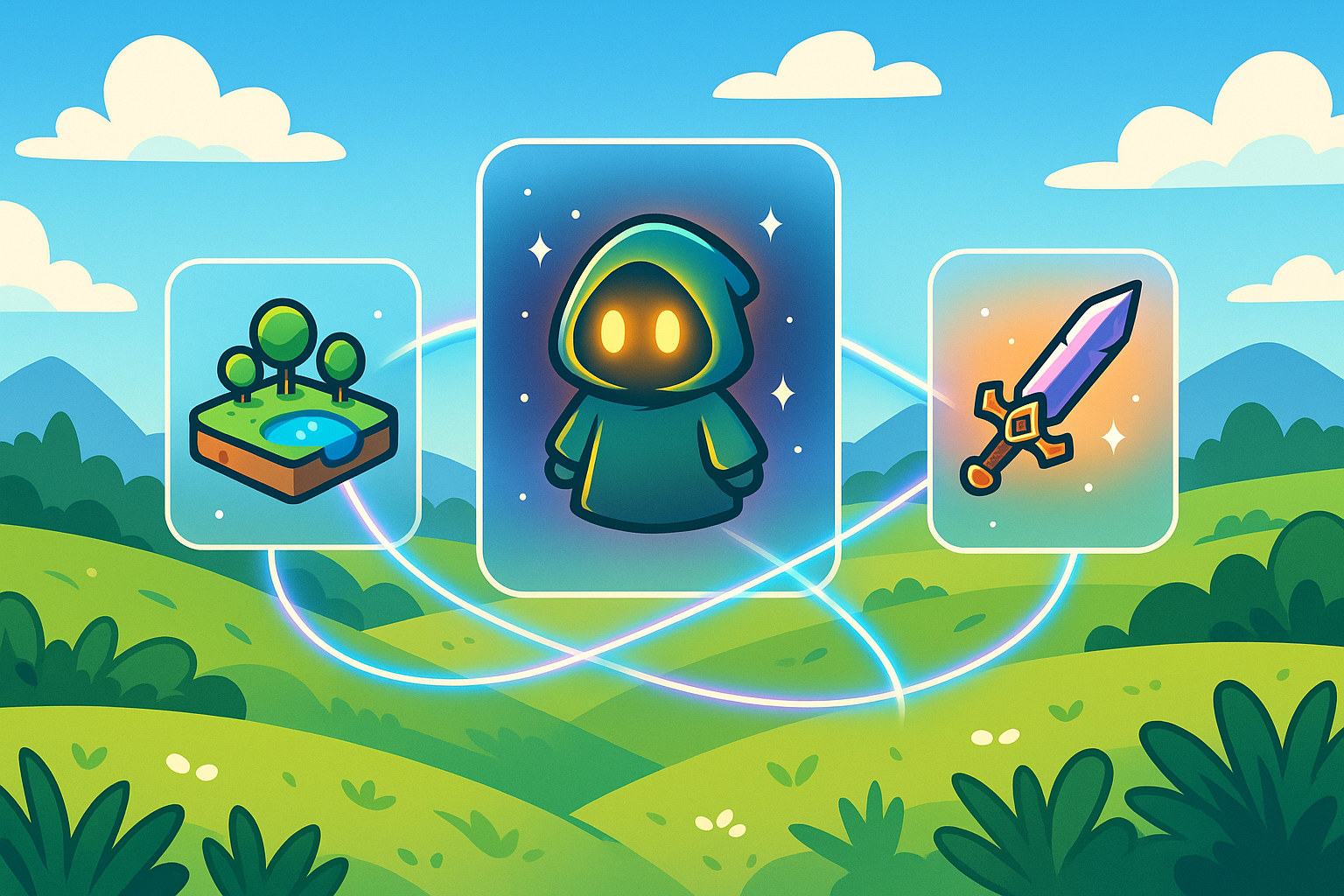
Beyond Assets: Deeper NFT Integrations in P2E
The role of NFTs extends beyond static assets, influencing the very structure and governance of game worlds.
- Governance and DAOs: Some P2E games integrate NFTs as a form of governance token. Owners of specific NFTs might gain voting rights on crucial game development decisions, such as economic adjustments, new features, or treasury allocation. This empowers the community and shifts power from a centralized developer to a decentralized autonomous organization (DAO) driven by its players.
- Staking and Lending: Certain P2E ecosystems allow players to "stake" their NFTs – locking them up in a smart contract – to earn passive rewards, often in the form of the game's native cryptocurrency. This adds another layer of utility and incentivizes long-term holding. Similarly, NFT lending platforms enable owners to rent out their valuable assets (like high-level characters or rare items) to other players for a fee, creating micro-economies within the gaming community.

Benefits for Players: Empowerment and Economic Opportunity
For gamers, the P2E model, powered by NFTs, brings several transformative advantages:
- True Ownership and Control: Players finally own their digital possessions, moving away from a "license to use" model. This fosters a deeper connection and investment in their gaming experience.
- Potential for Economic Returns: Time and skill spent in games can translate into tangible value. Players can earn cryptocurrency directly, or sell their NFT assets on open marketplaces for real-world money. This provides a new avenue for economic participation, particularly in regions where traditional opportunities may be limited.
- Community-Driven Economies: P2E games often foster robust internal economies where players are active participants, influencing supply and demand. This creates vibrant communities and new roles, from traders and strategists to digital artisans and virtual landlords.
- New Forms of Engagement: Beyond just playing, users can become investors, entrepreneurs, or even co-creators within the game's ecosystem, adding layers of depth and longevity to their engagement.
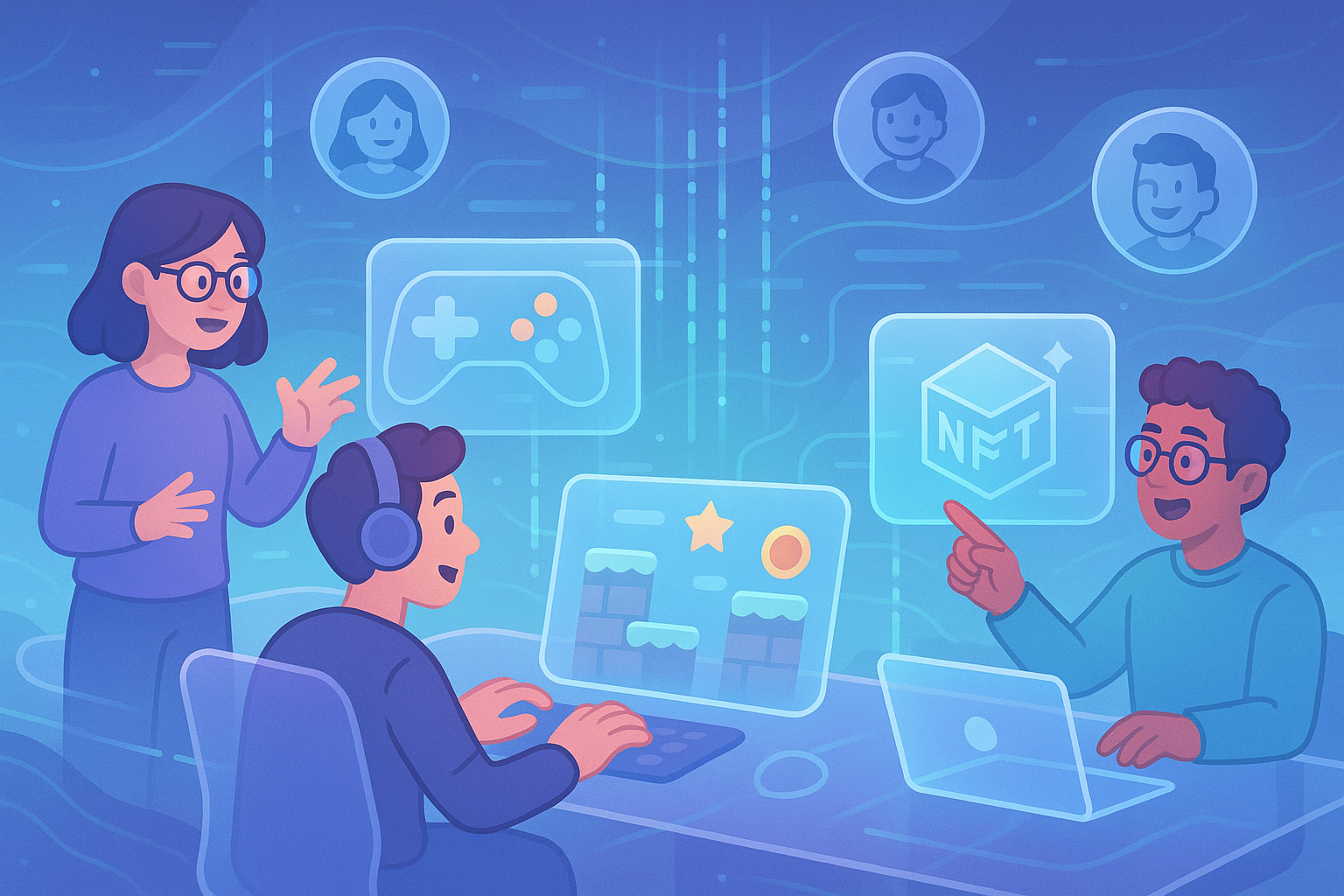
Benefits for Developers: Innovation and Sustainability
Developers also stand to gain significantly from integrating NFTs into their P2E models:
- Novel Monetization Strategies: Beyond traditional game sales and microtransactions, developers can generate revenue through initial NFT sales, transaction fees on secondary markets, and even royalty fees on subsequent trades of their in-game assets.
- Stronger Community Engagement: By giving players a stake in the game's economy and governance, developers can cultivate incredibly loyal and engaged communities. Players become advocates and active participants in the game's growth.
- Decentralized Development and Content Creation: With true ownership and open marketplaces, players can be incentivized to create user-generated content (UGC), such as new items, skins, or even game levels, which can then be tokenized and integrated, expanding the game's universe without sole reliance on the core development team.
- Enhanced Longevity: The player-owned economy and persistent nature of NFTs can extend a game's lifespan far beyond its initial release, as players continue to find value and new ways to interact with their assets.
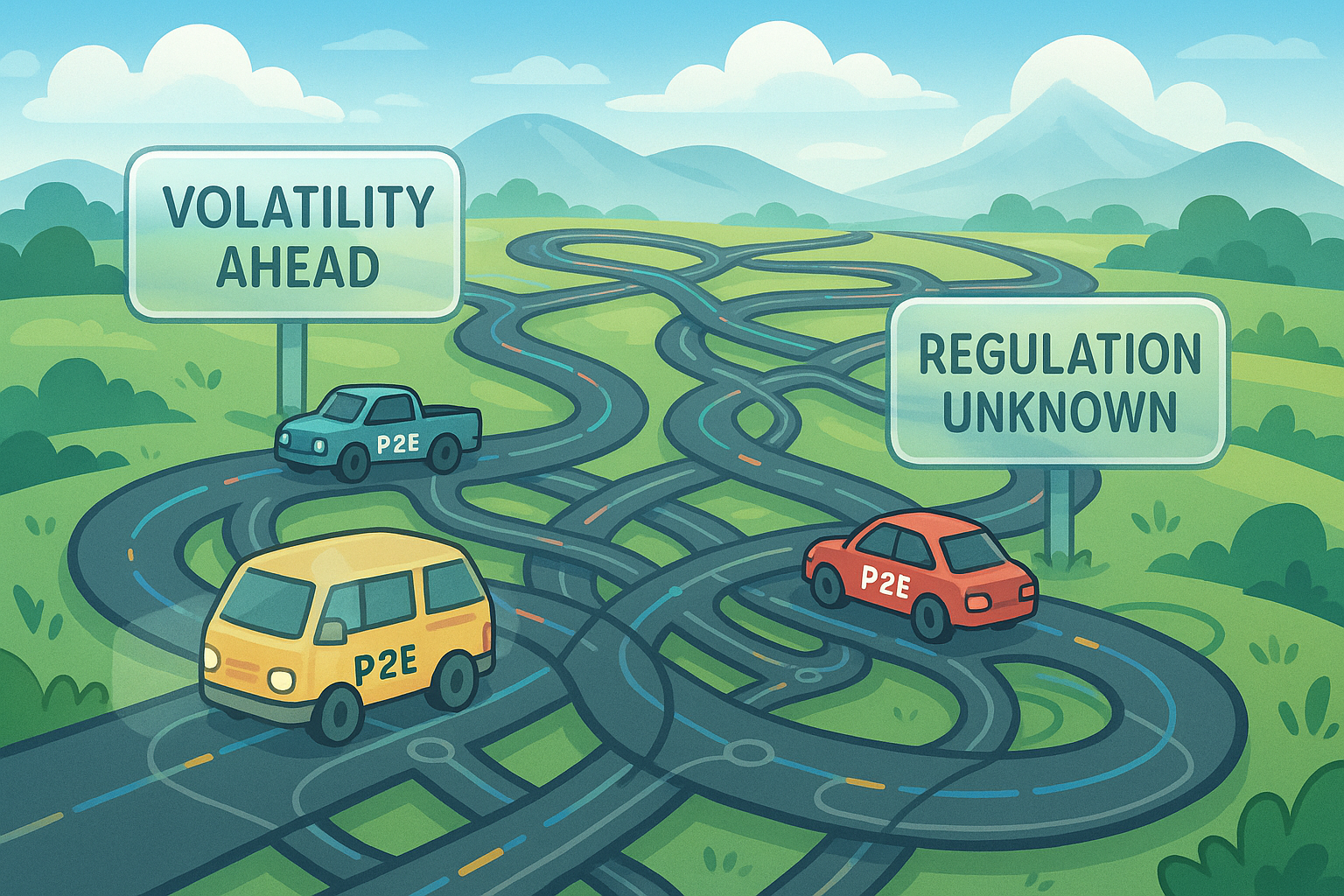
Challenges and the Evolving Landscape
Despite its immense potential, the P2E and NFT gaming space faces considerable challenges that are crucial for its long-term health and mainstream adoption:
- Market Volatility and Speculation: The value of cryptocurrencies and NFTs can be highly volatile, leading to unpredictable earnings and investment risks for players. This speculation can overshadow the actual gameplay experience.
- Accessibility and Onboarding: Setting up crypto wallets, understanding blockchain transactions, and navigating NFT marketplaces can be complex barriers for many traditional gamers. User experience needs significant improvement for broader adoption.
- Scalability and Infrastructure: Blockchain networks can sometimes suffer from congestion and high transaction fees, impacting the smooth operation of fast-paced games. Layer-2 solutions and more efficient blockchains are continually being developed to address this.
- Regulatory Uncertainty: The legal and regulatory landscape for NFTs and cryptocurrencies is still evolving, posing risks for both players and developers.
- Sustainability of Economic Models: Early P2E games sometimes struggled with Ponzi-like economic models, where new players' investments were required to pay out older players. Designing sustainable, fun, and balanced economies remains a significant challenge, shifting focus towards genuine utility and compelling gameplay rather than just "earning."
- "Fun Factor" vs. "Grind": A major critique is that the focus on earning can turn gaming into a chore or "grind," diminishing the enjoyment that is central to traditional gaming. The industry is actively working on integrating earning mechanics more seamlessly into genuinely engaging gameplay.
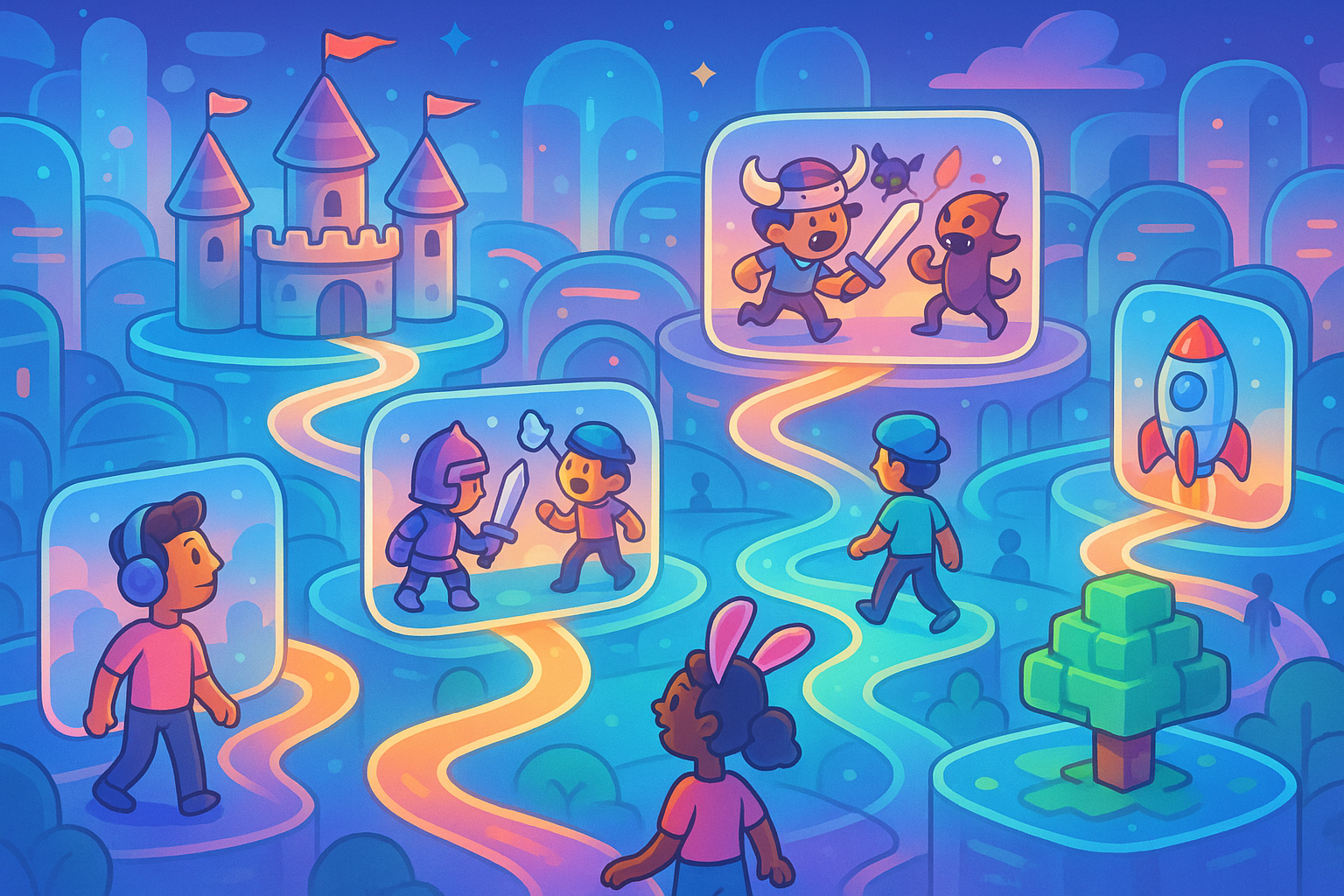
The Future: Towards a More Integrated and Fun Metaverse
The future of NFTs in Play-to-Earn gaming is likely to be one of integration and refinement. We will see a shift from simple "click-to-earn" models towards games that prioritize engaging gameplay first, with NFT ownership and earning opportunities as organic extensions of that experience. More sophisticated economic designs, better user interfaces, and increased interoperability between different game worlds are on the horizon. As blockchain technology matures and becomes more efficient, and as regulatory frameworks become clearer, P2E gaming has the potential to move beyond its niche status and become a significant part of the broader gaming industry, blurring the lines between digital recreation and tangible economic participation. The vision is a true metaverse where your digital identity, assets, and experiences are truly yours, seamlessly transferable, and intrinsically valuable.
Conclusion
NFTs have unequivocally revolutionized the concept of ownership in gaming, transitioning players from mere consumers to empowered stakeholders in digital economies. While the journey of Play-to-Earn gaming is still in its early stages, fraught with challenges and learning curves, its fundamental promise of true digital asset ownership, economic opportunity, and player-driven ecosystems is incredibly compelling. As the technology evolves and game designers prioritize fun alongside earning, the synergy between NFTs and P2E will continue to shape an exciting, immersive, and economically vibrant future for gaming. The digital assets you earn and collect today might just be the building blocks of tomorrow's expansive virtual worlds.

